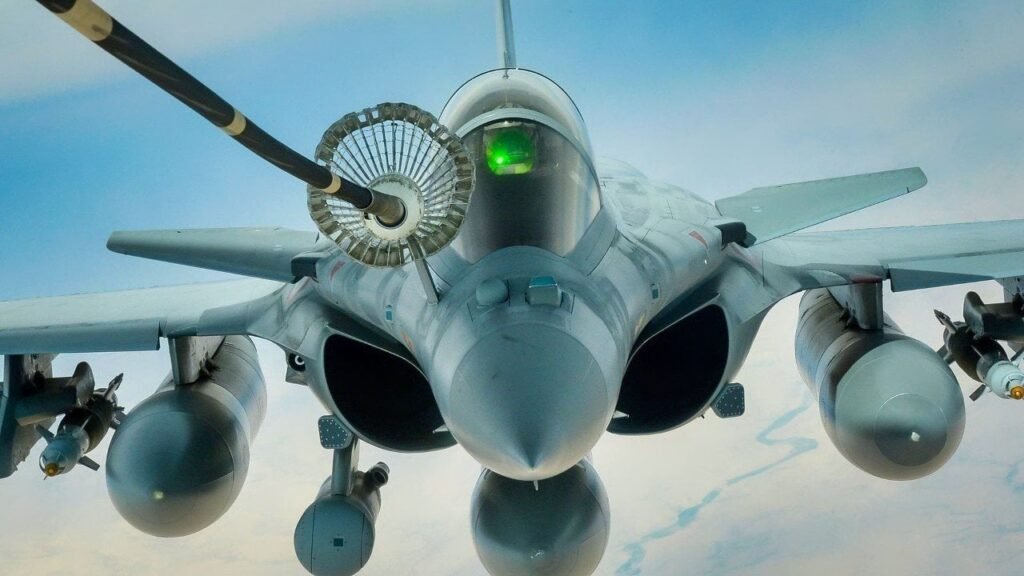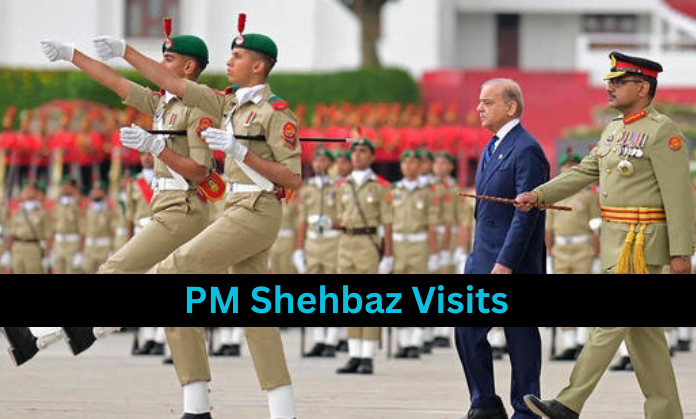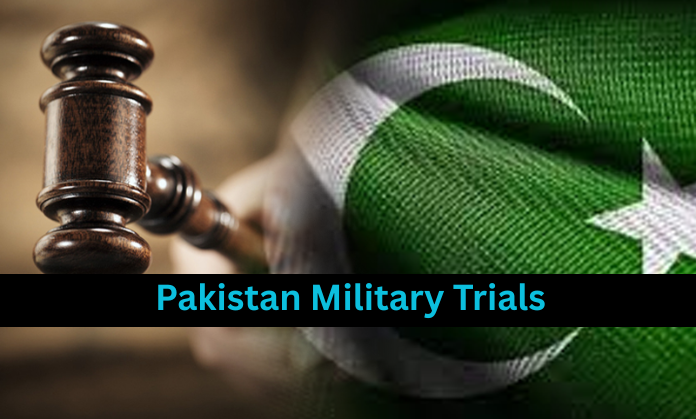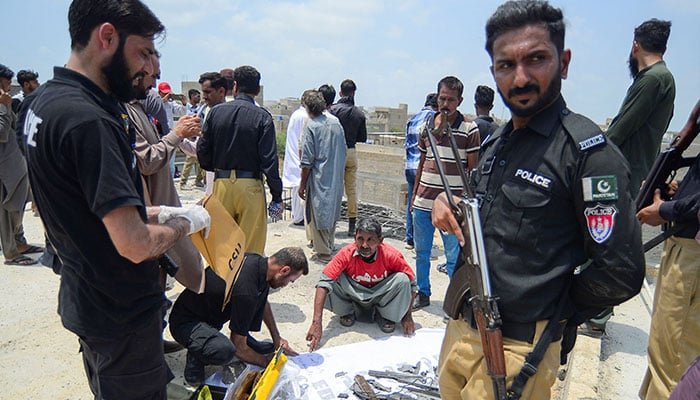The Dassault Rafale stands as a testament to France’s commitment to maintaining an independent and advanced aerospace industry. Developed by Dassault Aviation, the Rafale is a twin-engine, canard delta wing, multirole fighter aircraft designed to perform a wide range of missions, including air supremacy, interdiction, aerial reconnaissance, ground support, in-depth strike, anti-ship strike, and nuclear deterrence missions.
Development
Background
In the late 1970s, France sought to develop a new generation of fighter aircraft to replace its aging fleet. Initially part of the multinational Future European Fighter Aircraft (FEFA) program, France withdrew in 1985 due to differing operational requirements and priorities among the participating nations. This decision led to the independent development of the Rafale, aiming to produce a versatile aircraft capable of fulfilling the diverse needs of the French Armed Forces .
Demonstration and Testing of Dassault Rafale
The Rafale A technology demonstrator took its maiden flight on July 4, 1986. This prototype was crucial in validating the aircraft’s aerodynamic design and flight control systems. Subsequent testing phases focused on refining avionics, weapon systems, and multirole capabilities.
Production
Production of the Rafale commenced in the late 1990s, with the first operational aircraft delivered to the French Navy in 2004 and the French Air Force in 2006. As of December 2024, 299 Rafales had been built, serving both domestic and international operators .
Upgrades and Replacement
The Rafale has undergone continuous upgrades to enhance its capabilities. The F3-R standard introduced improvements in radar, electronic warfare systems, and weapon integration. The latest F4 standard, delivered in early 2023, offers advanced connectivity, improved radar performance, and the integration of new weapons . Looking ahead, France plans to develop a next-generation fighter under the Future Combat Air System (FCAS) program, with the Rafale expected to remain in service until at least 2040.
Design
Overview
The Rafale features a delta wing design with active close-coupled canards, providing exceptional agility and stability. Its airframe is constructed using composite materials to reduce weight and radar cross-section, enhancing survivability.
Cockpit
The cockpit is designed for pilot comfort and efficiency, featuring a wide-angle holographic head-up display (HUD), touch-screen interfaces, and voice command capabilities. The hands-on throttle and stick (HOTAS) control system allows pilots to manage flight and combat systems without removing their hands from the controls.
Avionics and Equipment
Equipped with the Thales RBE2 active electronically scanned array (AESA) radar, the Rafale offers superior target detection and tracking capabilities. The aircraft’s electronic warfare suite, SPECTRA, provides comprehensive threat detection and countermeasure deployment, ensuring survivability in contested environments .
Radar and Sensors
The RBE2 AESA radar enables simultaneous air-to-air and air-to-ground operations, with the ability to track multiple targets and provide high-resolution mapping. Additional sensors include the Front Sector Optronics (FSO) system for passive target detection and tracking.
Armament and Standards
The Rafale is capable of carrying a wide array of weapons, including:
- Air-to-air missiles: MICA, Meteor
- Air-to-ground weapons: SCALP EG cruise missile, AASM precision-guided bombs
- Anti-ship missiles: AM39 Exocet
- Nuclear weapons: ASMP-A missile
The aircraft’s multirole capabilities allow it to switch between different mission profiles during a single sortie.
Engines
Powered by two Snecma M88-2 turbofan engines, each producing 75 kN of thrust, the Rafale achieves a maximum speed of Mach 1.8 and a combat radius of approximately 1,850 km. The engines are designed for high reliability and ease of maintenance.
Operational History
France
French Naval Aviation
The Rafale M variant serves as the primary carrier-based fighter for the French Navy, operating from the aircraft carrier Charles de Gaulle. It has participated in various operations, including missions over Libya, Mali, and Syria.
French Air and Space Force
The Rafale B (two-seat) and C (single-seat) variants are integral to the French Air and Space Force, performing roles ranging from air defense to nuclear deterrence. The aircraft has been deployed in numerous operations, demonstrating its versatility and effectiveness.
Egypt
Egypt became the first export customer of the Rafale in 2015, acquiring 24 aircraft to enhance its air combat capabilities. The deal marked a significant milestone in the Rafale’s export success.
Qatar
Qatar signed a contract for 24 Rafales in 2015, later exercising an option for 12 additional aircraft. The Rafales bolster Qatar’s defense posture amid regional tensions.
India
Indian Air Force
India procured 36 Rafale aircraft, with deliveries completed by 2022. The Rafales have been integrated into the Indian Air Force’s strategic assets, enhancing its deterrence and combat capabilities.
Indian Navy
In 2023, India signed a deal for 26 Rafale M aircraft to operate from its aircraft carriers, marking the Rafale’s entry into the Indian Navy.
Greece
Greece ordered 18 Dassault Rafale in 2021, later increasing the order to 24. The acquisition aims to modernize the Hellenic Air Force and address regional security challenges.
Croatia
Croatia purchased 12 used Dassault Rafale from France in 2021 to replace its aging MiG-21 fleet, enhancing its NATO interoperability.
Future Operators
Indonesia
Indonesia signed a contract for 42 Dassault Rafale aircraft in 2022, with deliveries expected to commence in the coming years. The deal represents a significant expansion of Indonesia’s air capabilities.
Serbia
In 2024, Serbia finalized an agreement to acquire 12 Dassault Rafale jets, marking a strategic shift towards Western military equipment .
United Arab Emirates
The UAE signed a contract for 80 Dassault Rafale in 2021, making it the largest export customer of the aircraft. The deal includes advanced variants with enhanced capabilities.
Potential Operators
Countries that have expressed interest or are in discussions to acquire the Dassault Rafale include:
- Bangladesh
- Brazil
- Iraq
- Malaysia
- Peru
- Saudi Arabia
- Uzbekistan
These nations are evaluating the Rafale to modernize their air forces and enhance defense capabilities.
Failed Bids
Despite its capabilities, the Rafale has faced competition in several international tenders, resulting in unsuccessful bids in:
- Belgium
- Brazil
- Canada
- Colombia
- Finland
- Kuwait
- Singapore
- Switzerland
Factors influencing these outcomes include cost considerations, political alliances, and specific operational requirements.
Variants
- Rafale A: Technology demonstrator
- Rafale B: Two-seat land-based variant for training and missions requiring a weapons systems officer
- Rafale C: Single-seat land-based variant
- Rafale M: Single-seat carrier-based variant for naval operations
Operators
Current operators of the Dassault Rafale include:
- France: French Air and Space Force, French Navy
- Egypt
- Qatar
- India
- Greece
- Croatia
Notable Accidents
- August 14, 2024: Two French Dassault Rafale collided mid-air during a training mission over Germany, resulting in the loss of two crew members .
- March 2019: A civilian passenger was accidentally ejected from a Dassault Rafale B during a demonstration flight, highlighting the importance of strict adherence to safety protocols .
Specifications
Rafale C (Single-seat land-based)
- Length: 15.27 m
- Wingspan: 10.80 m
- Height: 5.34 m
- Empty weight: 10,300 kg
- Maximum takeoff weight: 24,500 kg
- Powerplant: 2 × Snecma M88-2 turbofans
- Maximum speed: Mach 1.8
- Range: 3,700 km
- Service ceiling: 15,240 m
- Armament: 1 × 30 mm GIAT 30 cannon, up to 9,500 kg of external stores
Rafale B (Two-seat land-based)
Similar to Rafale C, with an additional seat for a weapons systems officer.
Rafale M (Single-seat carrier-based)
Features reinforced landing gear, tailhook, and other modifications for carrier operations.
For more detailed information, visit the official Dassault Aviation Rafale page: Dassault Rafale




